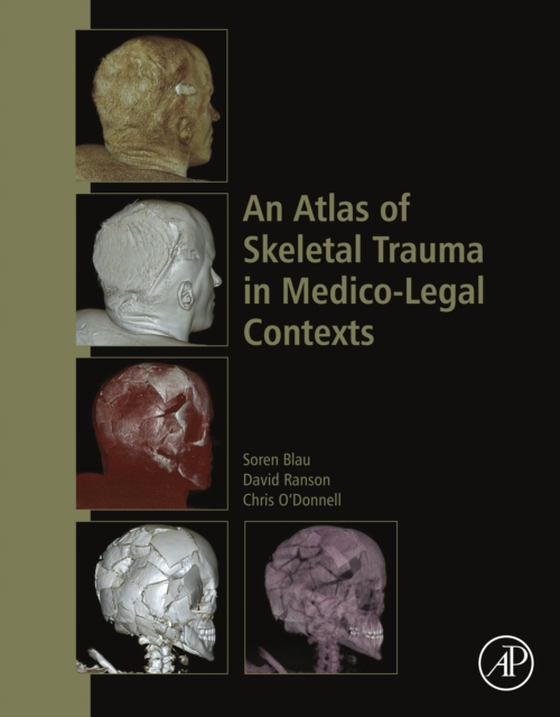
Atlas of Skeletal Trauma in Medico-Legal Contexts e-bog
2738,46 DKK
(ekskl. moms 2190,77 DKK)
Post-mortem computed tomography (PMCT) is increasingly used in forensic pathology practice in many jurisdictions. Such imaging has expanded the capacity to evaluate skeletal trauma improving the visualisation, documentation and presentation of forensic findings. Typically when deceased persons are located and exhibit evidence of trauma, forensic pathologist, anthropologists and radiologists bas...
E-bog
2738,46 DKK
Forlag
Academic Press
Udgivet
15 november 2017
Længde
796 sider
Genrer
Forensic medicine
Sprog
English
Format
pdf
Beskyttelse
LCP
ISBN
9780128037942
Post-mortem computed tomography (PMCT) is increasingly used in forensic pathology practice in many jurisdictions. Such imaging has expanded the capacity to evaluate skeletal trauma improving the visualisation, documentation and presentation of forensic findings. Typically when deceased persons are located and exhibit evidence of trauma, forensic pathologist, anthropologists and radiologists base their interpretations of the mechanism of trauma on their experience and understanding of the biomechanics of fractures as well as recognisable patterns of injury. In order to augment this process, An Atlas of Forensic Skeletal Trauma presents a range of de-identified adult and child skeletal trauma cases that occur in medico-legal contexts where the cause of death and mechanism of trauma are recorded. An Atlas of Forensic Skeletal Trauma includes comprehensive photographs and PMCT images as well as descriptive text. Presents a valuable guide to the interpretation of skeletal trauma for practitioners and students of forensic anthropology, pathology and radiology Provides coverage of skeletal trauma cases resulting from high and low velocity projectiles, low energy blunt force (e.g., assaults involving various implements, hangings, strangulations, falls), high energy blunt force (e.g., motor vehicle and aviation incidents), and more Includes case studies with written and visual descriptions, discussions and up-to-date literature review
 Dansk
Dansk

